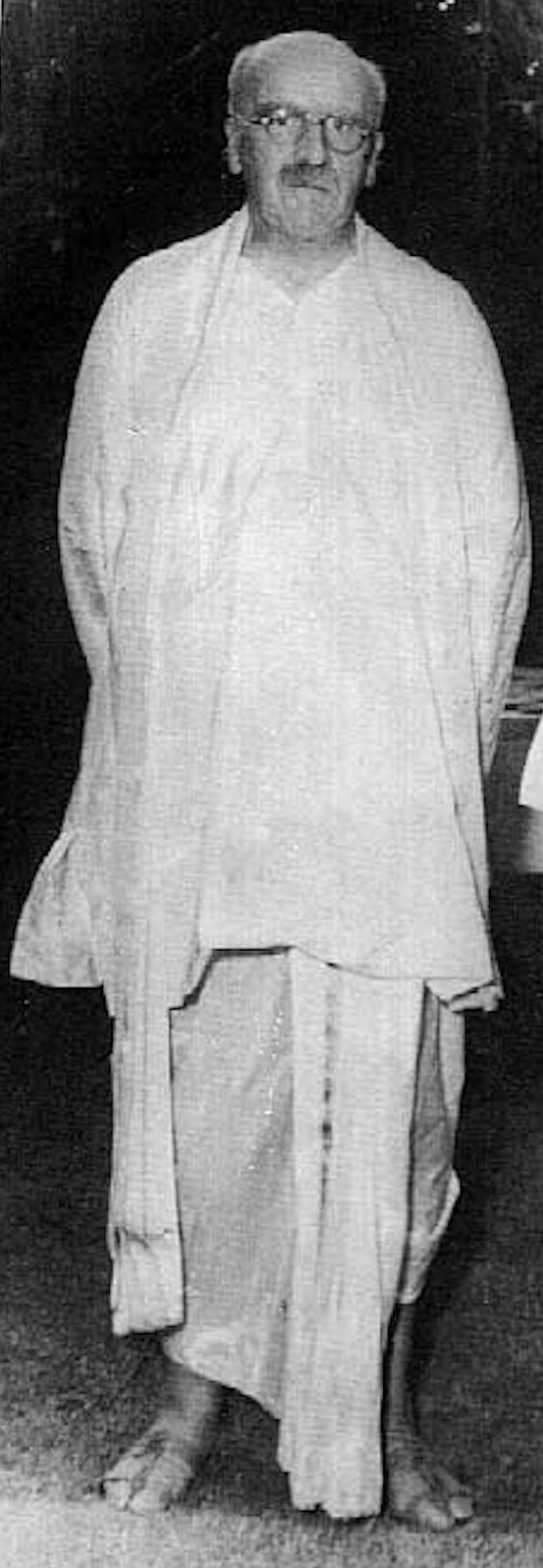Gandhiji is famous for his Satyagraha techniques. Instead of a violent revolt against an oppressor, use non-violent protests like fasts. Reform the oppressor's heart through our own suffering. Because, even the most violent oppressor has a heart, which will eventually yield. How idealistic.
Where does the original idea of Satyagraha come from? When should it be applied or not applied?
The original reference to this technique comes from the Valmiki Ramayana.
Bharatha is trying to convince Rama to return. In a series of wonderful debates, Rama has the upper-hand in reasoning. At this point, Bharatha resorts to a Satyagraha technique.
इह मे स्थण्डिले शीघ्रं कुशानास्तर सारथे।
आर्यं प्रत्युपवेक्ष्यामि यावन्मे न प्रसीदति।।2.111.13।।
अनाहारो निरालोको धनहीनो यथा द्विजः।
शेष्ये पुरस्ताच्छालाया यावन्न प्रतियास्यति।।2.111.14।।
Bharatha says that he will fast on the grass until Rama agrees to return.
Rama's response is interesting.
ब्राह्मणो ह्येकपार्श्वेन नरान्रोद्धुमिहार्हति।
न तु मूर्धाभिषिक्तानां विधिः प्रत्युपवेशने।।2.111.17।।
Rama calls this technique as Pratyupavesha. He tells Bharatha that this is not the way of a warrior.
The colonial British had conquered India (and most of the world) through war. When the Indians fought back in 1857, the British East India Company's rule crumbled to be replaced by the Crown. There were immediate brutal reprisals by the British.
Gandhiji inspired a non-violent freedom struggle. He exhorted Indians to serve the British in the world wars. If we want the British to treat us fairly, we should serve them in their moment of trouble. That would change their heart!
When a non-violent nation-wide protest turned violent in just Chauri Chaura (owing to police high-handedness), he went on a fast to stop the protests. He wanted to reform the British heart through our own suffering. Barring some friendly media coverage by some American journalists who cared for India, this had no positive effect on the British. The massacres (Jalianwalla Bagh), peace-time bombings (eg: Gurudaspur) & the man-made famines killing millions (eg: Bengal) continued.
Gandhiji & Nehru were imprisoned but treated with kid gloves. In comparison, anyone who posed a threat to the trade monopoly or the empire's India's hold, were imprisoned, tortured and/or executed.
Gandhiji's advice to Hindu women escaping mayhem from Jinnah's Direct Action, to accept assault & reform the assaulter through their own suffering would infuriate the Hindus. Gandhiji's advice to the Jews to reform Hitler's heart through their own suffering would infuriate the Jewish lobby, who would successfully prevent Gandhiji being posthumously awarded the Nobel prize for peace.
In his seminal book, Hind Swaraj, Gandhiji had warned against being irrationally attached to any ideology. He had fallen prey to what he had warned against.
Finally, it was the 1946 Mumbai Naval revolt which started spreading, which led to India's independence, per military historians. Clement Attlee, the British PM who decided on India's independence trivialized Gandhiji's contribution.
Gandhiji had aspired for Rama Rajya. If only he had taken Rama's advice to Bharatha, dismissing fasting as not the way of the warrior. Rama did not fast in front of Lanka asking Ravana to return Sita. It feels odd even to suggest it. He simply fought. Against a heartless exploitative violent regime, even if one is peace loving, the best of us must fight & sacrifice to have peace. This is the unfortunate way of our world.


